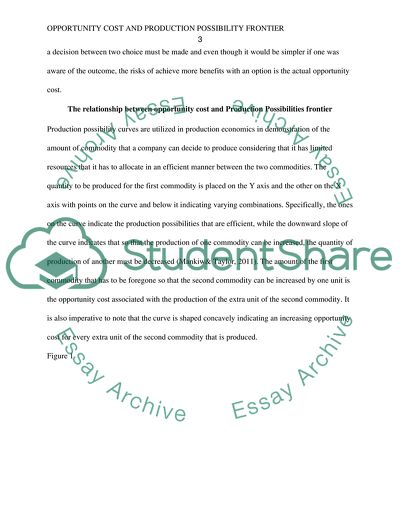Cite this document
(Opportunity cost and Production Possibility Frontier Coursework Example | Topics and Well Written Essays - 1500 words - 1, n.d.)
Opportunity cost and Production Possibility Frontier Coursework Example | Topics and Well Written Essays - 1500 words - 1. https://studentshare.org/macro-microeconomics/1881100-opportunity-cost-and-production-possibility-frontier
Opportunity cost and Production Possibility Frontier Coursework Example | Topics and Well Written Essays - 1500 words - 1. https://studentshare.org/macro-microeconomics/1881100-opportunity-cost-and-production-possibility-frontier
(Opportunity Cost and Production Possibility Frontier Coursework Example | Topics and Well Written Essays - 1500 Words - 1)
Opportunity Cost and Production Possibility Frontier Coursework Example | Topics and Well Written Essays - 1500 Words - 1. https://studentshare.org/macro-microeconomics/1881100-opportunity-cost-and-production-possibility-frontier.
Opportunity Cost and Production Possibility Frontier Coursework Example | Topics and Well Written Essays - 1500 Words - 1. https://studentshare.org/macro-microeconomics/1881100-opportunity-cost-and-production-possibility-frontier.
“Opportunity Cost and Production Possibility Frontier Coursework Example | Topics and Well Written Essays - 1500 Words - 1”. https://studentshare.org/macro-microeconomics/1881100-opportunity-cost-and-production-possibility-frontier.


